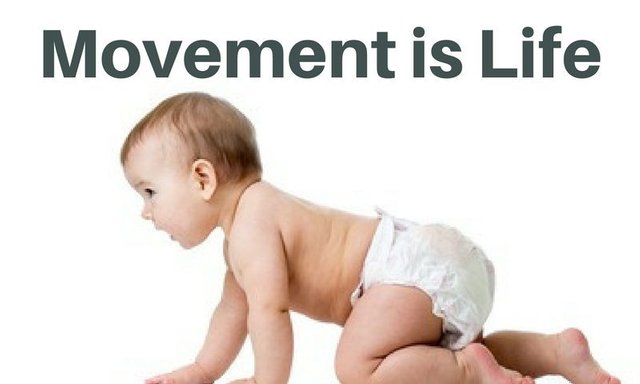Movement is Life is an inter-minority coalition dedicated to eliminating racial and social gaps in joint and muscle health by promoting improved physical mobility for African Americans and Hispanic ladies. The organization is made up of professionals who have a variety of years of experience in the medical field that address the needs of these two groups. They provide a variety of programs for those with mobility concerns as well as general health and wellness. The main focus of the organizations is to provide access to care without relying on a variety of public or private resources that may be less effective. This means that the individuals who are interested in improving their condition will have the chance to enjoy the help of a physical therapist, occupational therapist, physical education teacher, massage therapist, or chiropractor instead of being forced to use the services of the latter.
When you think about the term "movement," what do you think? Do you think about sitting at home in front of the television or enjoying the ride on the mass transit system? Do you think about spending time with family and friends? Are you looking for ways to make your life more comfortable and keep moving forward? If so, you should consider joining a nonprofit organization that works to improve mobility for individuals with chronic conditions.
When you move, it is important to know that you are making history and that you are part of something bigger than yourself. Movement is Life is about reclaiming your power to move yourself and others. It is about reclaiming your body and mind through the power of touch and creativity and about reclaiming your culture through art, dance, and community. Movement is Life is devoted to ensuring that all of the people who put their lives on the line to keep the world a place that makes them feel safe and loved having an opportunity to have a quality life.
One of the things that Movement is Life learns is that people in wheelchairs and people with limited mobility do not have to be categorized as zombies. They do not automatically have less value or human rights than others. In fact, they may very well have the same or similar rights and value as others. What differentiates between humans with disabilities and zombies is how much mobility is allowed to them and how much other people care about their disability.
One of the most interesting aspects of Movement is Life is learning about the experiences of former prisoners of the war zones. These former prisoners have documented that while they were incarcerated, they often faced the danger of injury and some even faced execution. Many had even gone to the point of being forced to kill a family member simply because their life was at risk. The author learns about the musculoskeletal disparities that kept these men from serving their parts in the war effort. This book also gives a voice to those who were incarcerated and who have passed on, telling their story in a moving way.

[](
The book's strength lies in the knowledge that it provides for the disabled, elderly, and mentally retarded individuals that it includes. Its key strength lies in the way it celebrates their uniqueness and human dignity even at the expense of going a bit politically incorrect in the process. Despite the controversy surrounding the book, there is no question that Movement is Life is a rewarding read. It tells a compelling story of the human spirit, the importance of movement, and the need for compassion and understanding in our world today. Indeed, the book has changed my own beliefs about disability and limitations.
